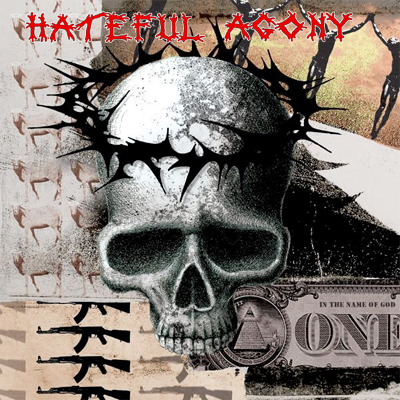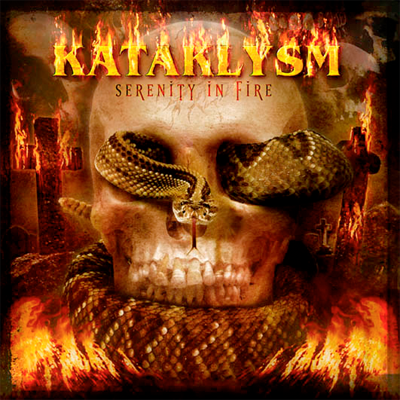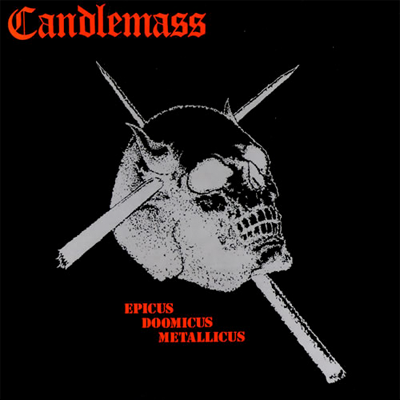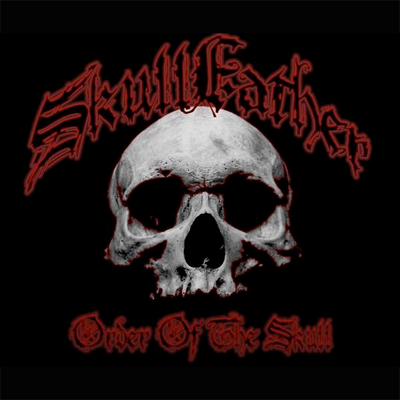
KRABATHOR, Dissuade Truth (2003, System Shock)
The skull:
Not quite sure how this big ol’ skull is dissuading the truth. What is the truth? Is it whatever’s written on the scraps of parchment shown on this cover? If these texts are the truth, how does a littering of rib cages, bones and this solitary big dumb skull dissuade it? It might be beyond our grasp, it might be beyond all earthly, human understanding. Which would make Krabathor the sole keepers of the secrets of the universe. And if that’s the truth, god help us all.
The music:
Dissuade Truth is this Czech band’s final album, Krabathor finally calling it a day over 15 years after after forming as Krabator (not sure why the extra “h” was eventually added). They appeared at a time when only serious metalheads were discovering this new form of music called death metal (1988) and I’ll bet if they came back here in 2013, they’d still be considered second-rate, despite their style being warmly welcomed right about now. Because they were always lackluster. Think Divine Empire or Jungle Rot — sturdy, simple, monochrome brutal death metal, nothing fancy, nothing overly technical, dry as a bone and totally unpretentious in its mission. Some cool guitar leads here and there that seem to come from the school of Schuldiner/Death, and a few good drum fills too. It’s certainly nothing egregiously bad. Master-mind Paul Speckmann was in the band by this time, but would you really be able to pick out his bass playing style if you hadn’t known this in advance? But go ahead, listen to the nine songs and 36+ minutes of Dissuade Truth. It’s easy to do, not at all taxing on the brain cells…enjoyable if you haven’t heard death metal for 10 years and want a reminder of its basic structure. But you probably want more than that, don’t you? I come away from this after final song “Saving of Mind” with some respect for their time in the trenches, but if it weren’t for having to review this for Big Dumb Skulls, I might have forgotten all about these guys.
— Friar Wagner








